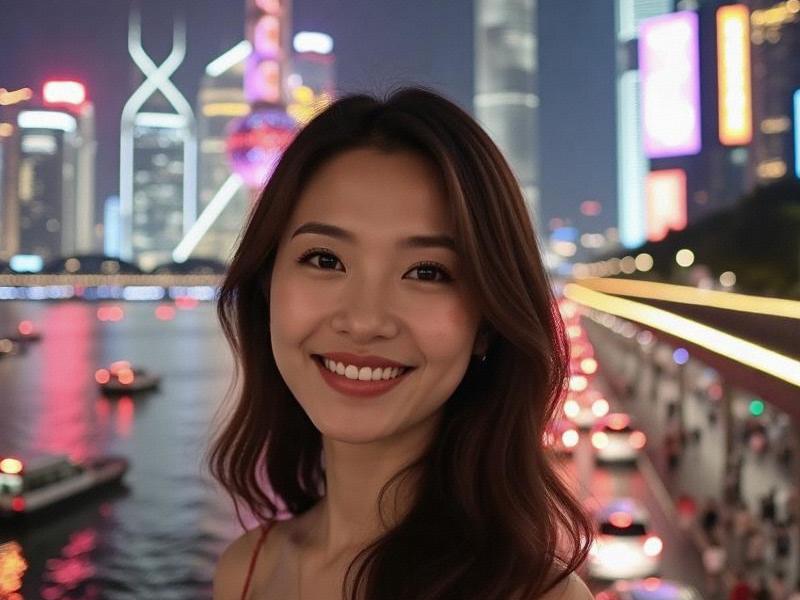Shanghai Renaissance: How China's Gateway City is Redefining Urban Culture
⏱ 2025-06-14 01:03 🔖 上海神女网
📢0℃

Shanghai Renaissance: How China's Gateway City is Redefining Urban Culture
SECTION 1: CULTURAL INFRASTRUCTURE
1.1 Museum Mile Development
• West Bund Museum expansion
• Digital art exhibition spaces
• Private museum boom
1.2 Performance Venues Upgrade
• Shanghai Grand Theater renovations
• Experimental theater spaces
• Immersive performance technologies
SECTION 2: CREATIVE INDUSTRIES
2.1 Design Innovation
• M50 Creative Park evolution
• Fashion week global impact
• Industrial design hubs
上海龙凤419自荐
2.2 Digital Content Creation
• Bilibili headquarters ecosystem
• Short video production clusters
• Gaming industry growth
SECTION 3: HERITAGE REVITALIZATION
3.1 Shikumen Reinvention
• Traditional lane house conversions
• Boutique hotel concepts
• Community art projects
3.2 Industrial Heritage
• Power Station of Art model
• Factory conversion case studies
• Creative workspace solutions
上海贵族宝贝龙凤楼 SECTION 4: CULTURAL POLICY
4.1 Government Initiatives
• Creative city strategy
• Artist residency programs
• International cultural exchanges
4.2 Private Sector Engagement
• Corporate art collections
• Brand-sponsored cultural events
• Philanthropic support systems
SECTION 5: GLOBAL CONNECTIONS
5.1 International Collaborations
• Twin city cultural programs
• Foreign cultural institutes
• Global art fair participation
上海贵族宝贝sh1314 5.2 Diaspora Contributions
• Overseas Chinese artists' return
• International curator networks
• Cross-cultural dialogue platforms
SECTION 6: FUTURE CHALLENGES
6.1 Commercialization Pressures
• Gentrification concerns
• Affordable space for artists
• Cultural authenticity debates
6.2 Digital Transformation
• NFT art market development
• Virtual cultural experiences
• AI in creative processes
CONCLUSION: THE SHANGHAI MODEL
Shanghai's cultural renaissance demonstrates how global cities can leverage both heritage and innovation to crteeadynamic cultural ecosystems that drive urban renewal, economic growth, and international soft power.
《梧桐深处:解码上海的城市文化基因》弄堂里的上海心跳:从石库门到城市更新的千年烟火密码Shanghai's Beauty Revolution: How Local Women Are Redefining Chinese AestheticsShanghai After Dark: The Metamorphosis of China's Premier Entertainment DestinationShanghai Women: The Epitome of Modern Chinese FemininityThe Shanghai Modern: How China's Cosmopolitan Women Are Rewriting the Rules石库门密码:解码上海市民精神进化史Exploring Shanghai's Entertainment Venues: A Guide to the City's Vibrant Nightlife and Cultural SceneSilicon Bund: How Shanghai Became the Neural Network of AsiaThe Velvet Revolution: How Shanghai's Nightlife Industry Went Upscale

